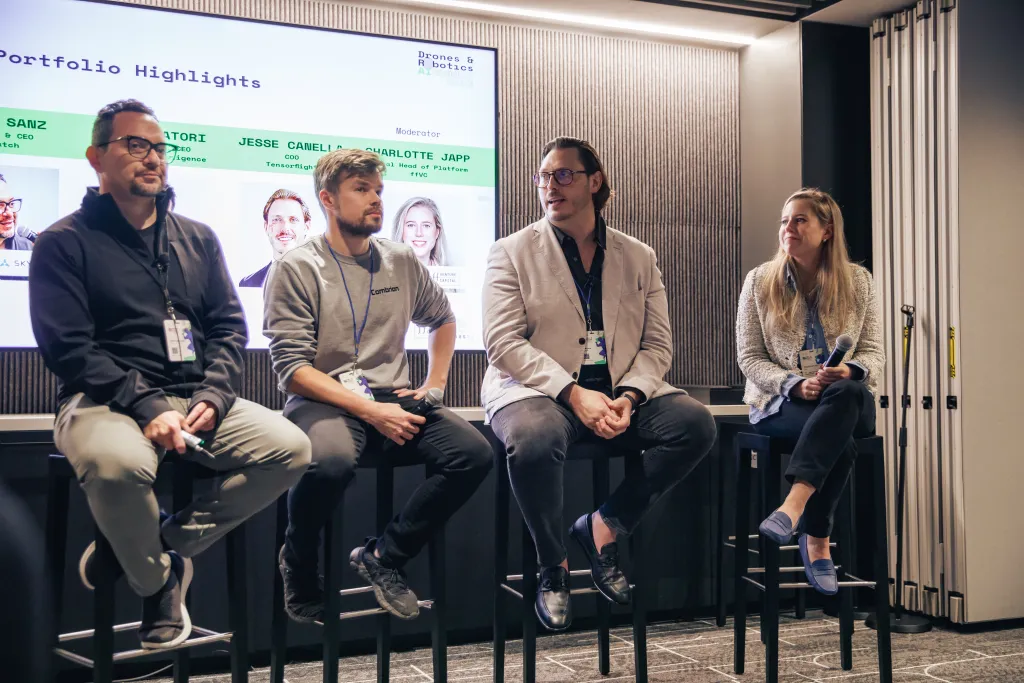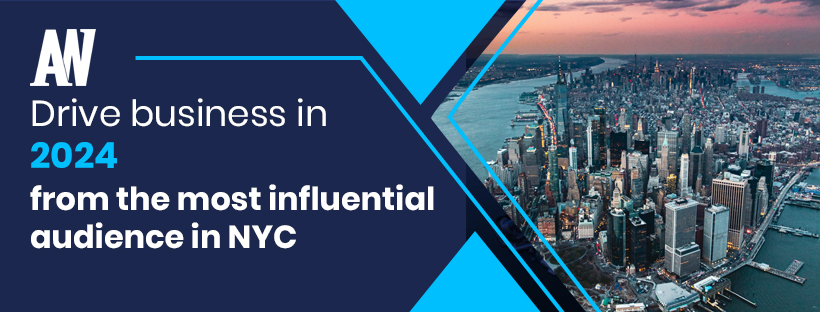The Big Apple is the center of the East Coast innovation corridor, which stretches north to Canada and down south to D.C.’s Tech Triangle, with its tentacles extending as far as Detroit’s Motor City. On November 8th, in the heart of New York City, 200+ leaders within the drones, robotics, and artificial intelligence ecosystem gathered to network, ideate, and demo new ground-breaking technologies. The plenum of speakers also included numerous government officials promoting innovation and technology investments. The Drones & Robotics AI Summit 2023 proved once and for all that mechatronics has a home in the Empire State, rivaling even California’s Silicon Valley.
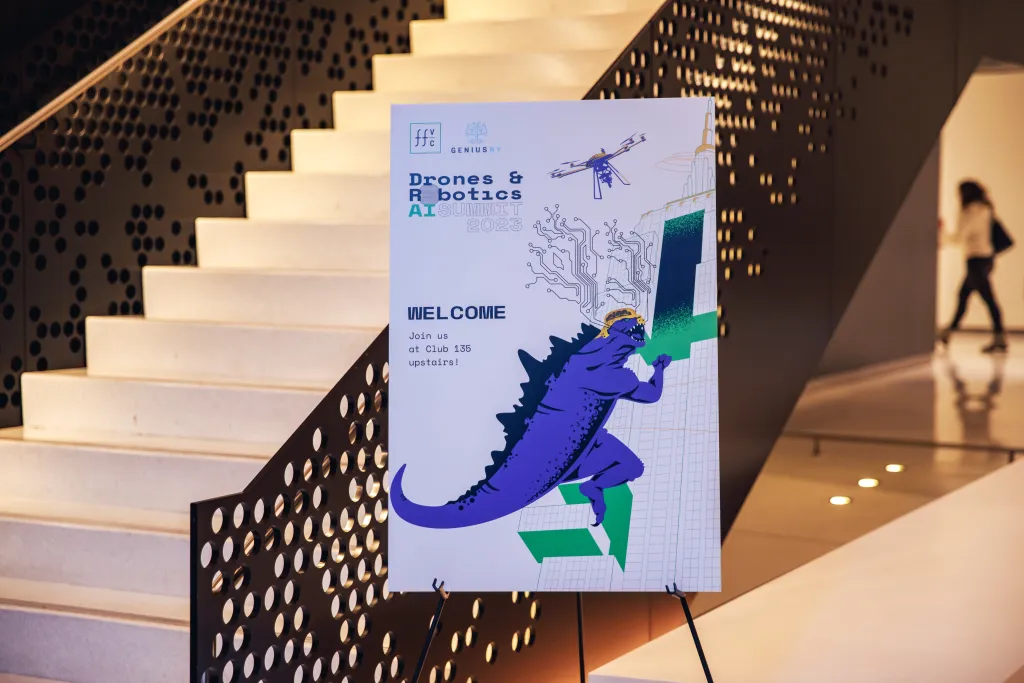
Inaugurating the Summit, my partner, and ffVC’s founder, John Frankel reminded the audience that there is really nothing new under the sun as the ancient Greeks created an automate therapaenis (a robotic maid in the 3rd century BCE). The program quickly accelerated into the twenty-first century with Captain Michael Gulinello of the New York City Police Department’s Drones & Robotics unit. The Captain showcased more than twenty use cases with drones on display recently deployed against active shooters, shark attacks, and crowd control. His team also parked their UAS command vehicle outside the event enabling attendees to witness live demonstrations in the heart of Times Square. Guinello looks forward to the day when robots will be ubiquitous in policing, with the public having confidence in its ability to protect their privacy and safety.
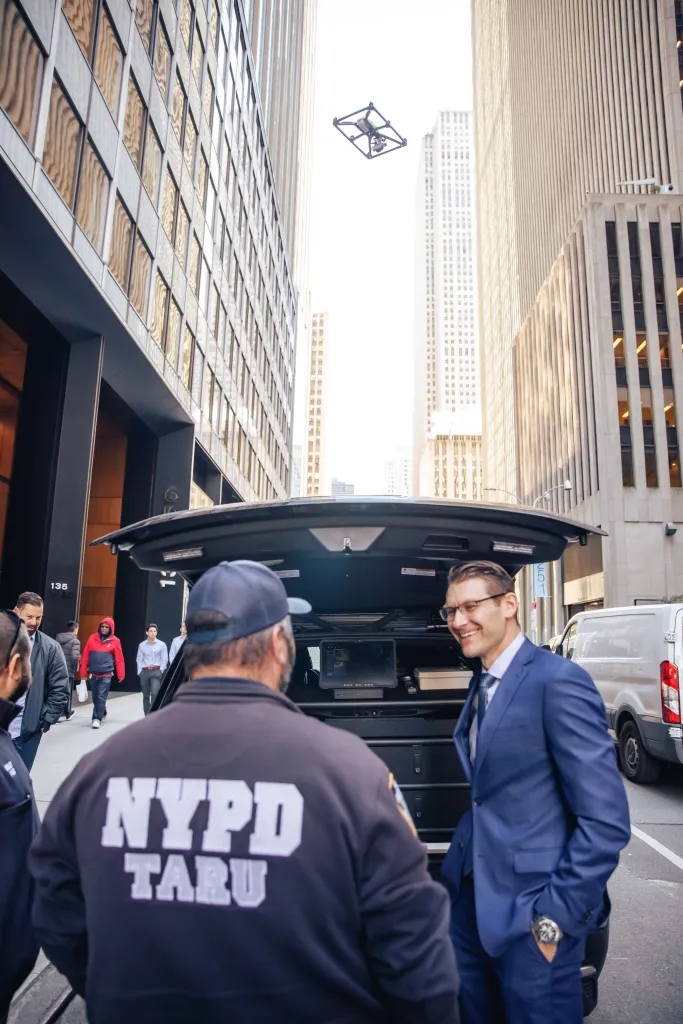
The NYPD’s strategic command center that operates fleets of drones falls under the oversight of New York City’s chief technology officer’s office led by Matthew Fraser. At the Summit, I had the opportunity to sit down and speak with CTO Fraser about his new initiatives to partner with startups and private capital. The civil servant has spent more than 17 years leading information technologies across city agencies, including the Department of Buildings, Environmental Protection, and the NYPD. As he shared with the hushed crowd, his experiences informed him to launch the SmartCities Testbed for startups looking to apply their inventions to urban problems, such as using drones for building exterior inspections or computer visions for traffic monitoring. CTO Fraser encouraged the more than 100 startups gathered to apply. His approach to inviting entrepreneurs to shake up the established agencies is also present in CTO Fraser’s new AI Action Plan that lays out a clear path to integrating machine learning technologies into the fabric of the nation’s largest metropolitan area. In his words, AI could augment social services by providing a safety net to the most vulnerable citizens ensuring that no one falls through the cracks and can access the full benefits that they are entitled to receive. This thinking follows the recent statements by his boss, Mayor Eric Adams, “Artificial intelligence (AI) is one of the most impactful technological advances of our time. While AI has the potential to improve services and processes across our government, we must also be mindful of its associated risks. With the release of our AI Action Plan, the first-of-its-kind for a major U.S. city, we are cementing our commitment to this emerging technology’s responsible use and ensuring that we are deploying the right tools in the right ways.” According to the report, the findings leverage information gathered by 18 city agencies, with the goal of harnessing “the power of AI for good.”
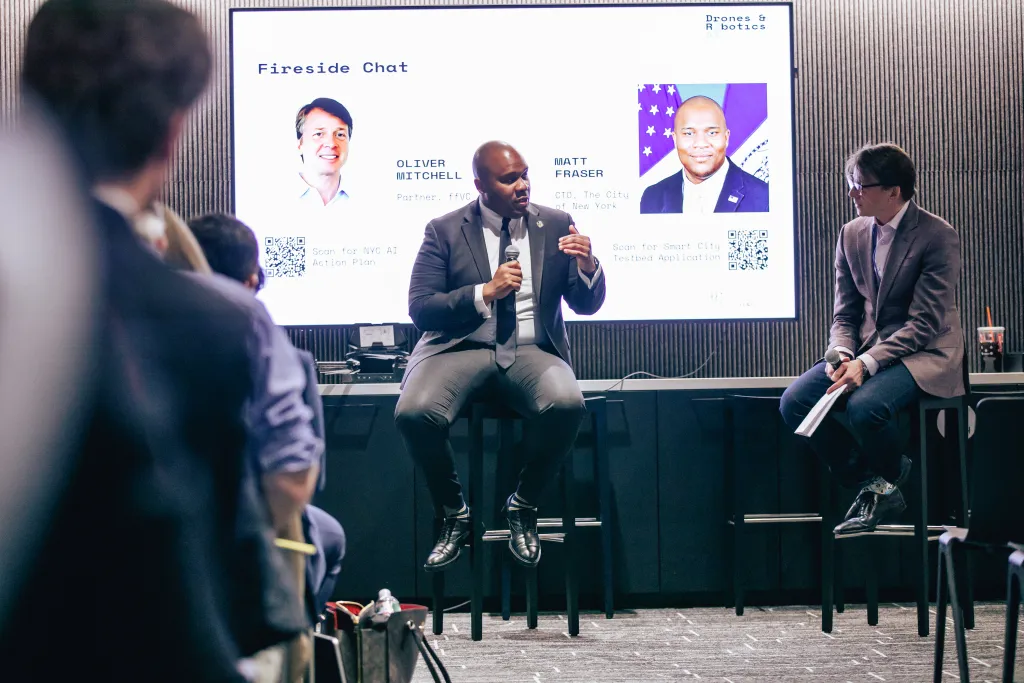
We then heard from the Federal government, or more specifically, the Department of Defense through their partner, the National Security Innovation Network (NSIN). The panel included: Alice Globus/Nanotronics, Shane Skopak/DZYNE Technologies, Bhargav Patel/Department of Homeland Security, and Grant Fox/NSIN (moderator). The session deconstructed the types of opportunities for startups by federal law enforcement and military agencies, especially in light of the new Chips Act and the Build America Buy America initiative. At the heart of the conversation, the panel highlighted the grants available for public/private partnerships and defense missions. This was especially evident in NSIN’s newsletter following the Summit, promoting: the 2024 X-Force Fellowship program; 2023 NSIN Foundry and Forge cohorts; the NSIN Emerge accelerator, Defense Acceleration Ecosystem (INDUS-X) challenges; and the xTech Good Vibrations Challenge. In addition, the Department of Homeland Security has its own Urban Security Technology Laboratory (NUSTL) to test our drone and other hardware innovations. Dual use was probably best exemplified on the panel by Nanotronics with their numerous AI products for the aerospace industry, and the career path of Shane Skopak, former Navy test pilot and current business development lead for DZYNE Industries.
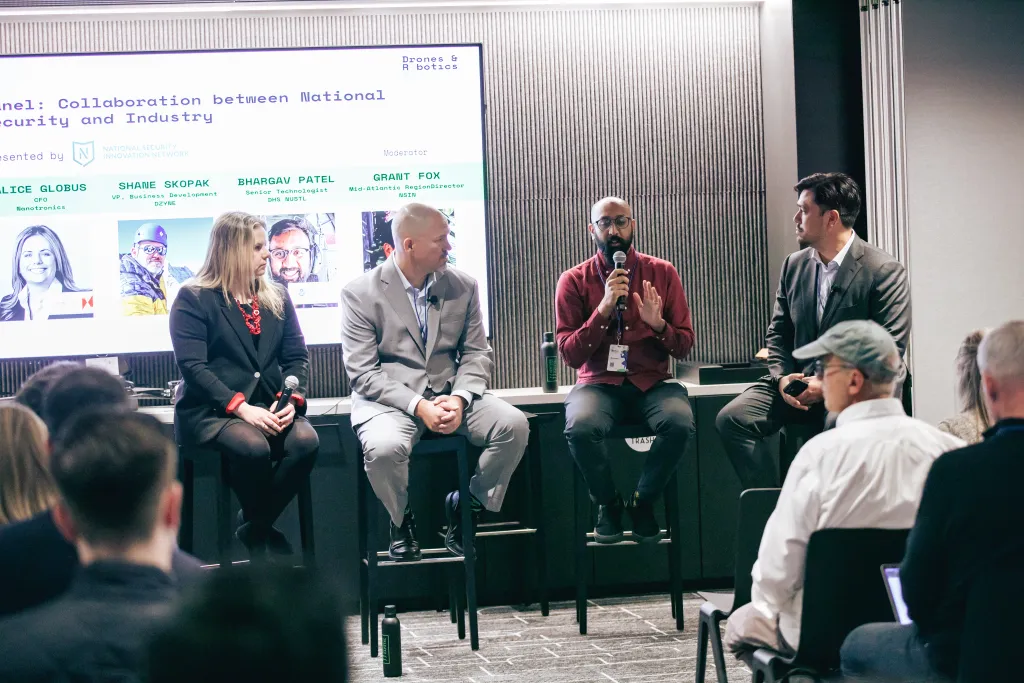
To many founders, investors look like a homogenous group of executives with checkbooks capitalizing on their ideas. However, this view is naive and misses the opportunity of finding the right partner for launching one’s business. Deploying capital in the private markets is driven by varying motivating factors from governments seeking to bolster jobs to venture capitalists driving returns to corporate partners looking for strategic business fit. The Drones & Robotics AI Summit enabled founders to speed date and meet a wide variety of investors, including my fellow panelists: Peter Finn of BGL (investment banker), Sasha Jostrom-Reiser of Cybernetix (early-stage VC), Besty Mulé of F-Prime (late-stage VC), and Jason Hong of Micron Ventures (Corporate VC). We discussed for about 45 minutes the implications of large language models on robotics and why now is a good time to invest. As Hong noted, increased memory and computing power enable the development of AI at a scale that now could make robots even more impactful than previously thought. Jostrom-Reiser further stated this trend has lowered costs and increased adoption, “driving interest from businesses to invest in AI applications.” Mulé commented further that the convergence of AI and declining sensor costs have improved mechatronic performance so much that it has opened the door for new upstarts to capitalize on unforeseen opportunities. Finn suggested this will lead to more M&A exits and, even, IPOs in the future. All of us agreed that the macro trends of labor shortages, aging populations, and declining startup costs set up investment returns to dramatically climb in the next 5 years. In summary, it’s a great time to invest.
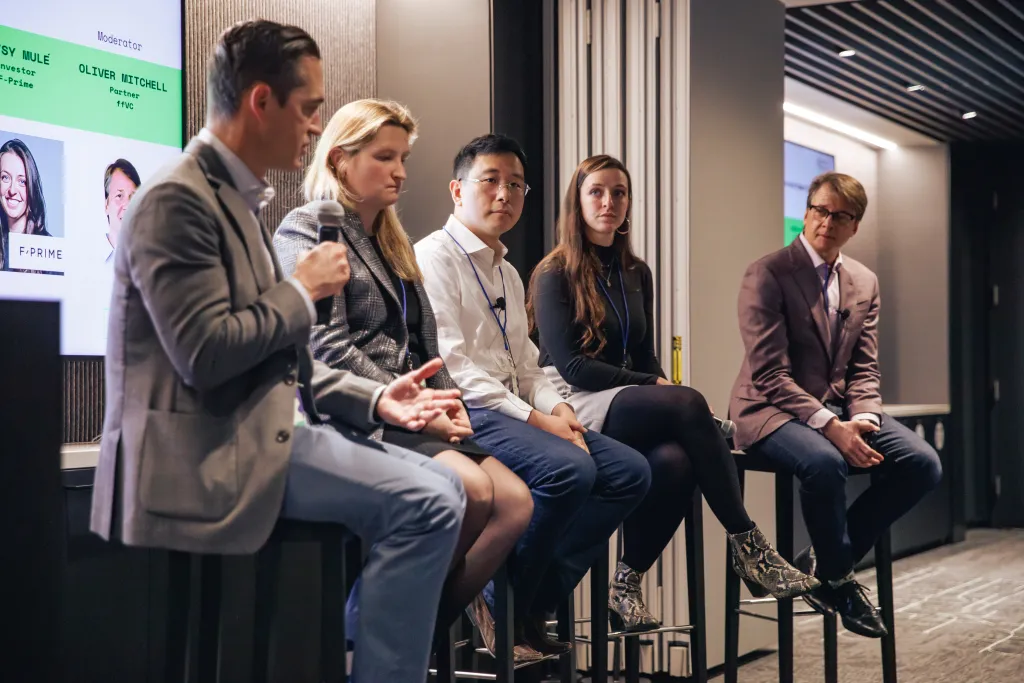
Before breaking for lunch, we discussed fast-food drone delivery with Bobby Healy of Manna (ffVC portfolio company). Healy shared on-screen examples of his current pilots throughout the UK coast, especially the Dublin suburb of Balbriggan. He started the keynote with a cell phone video of a kid excitedly filming the drone shopping bag dropoff. Today, the town of Balbriggan is used to the buzzing quadcopters and services continue without fanfare, it’s now just part of life. He bragged that “in Balbriggan, 40% of the population uses our service 1.6 times a month and we are confident that this number will continue to grow as word of mouth contributes to popularizing the service.” Today, the repeat usage percentage has grown considerably, ironically one of the most requested items is a hot cup of coffee. The Irish entrepreneur illustrated how his fleet is moving at remarkable speed against terrestrial (driving) options and at a fraction of the cost. He even calculated the sustainable Manna solution in terms of saving trees. This past Halloween, Manna made news in the United States with candy deliveries. “After over four years of operations and over 150,000 flights logged in Europe, we are excited to be touching down in the United States to offer the residents of Dallas/Fort Worth a lightning-quick and sustainable home delivery service,” said Andrew Patton, Head of US for Manna Drone Delivery. “We are taking Halloween to new heights, with a fun new way for kids to trick or treat – especially when the weather isn’t very Halloween compatible!” This is only the beginning of their global expansion with more flights, more restaurants, and more trees that all of us need. In addition to Healy, the Summit also featured Rishap Malhotra of Drone Up, a US-based last-mile delivery operation.
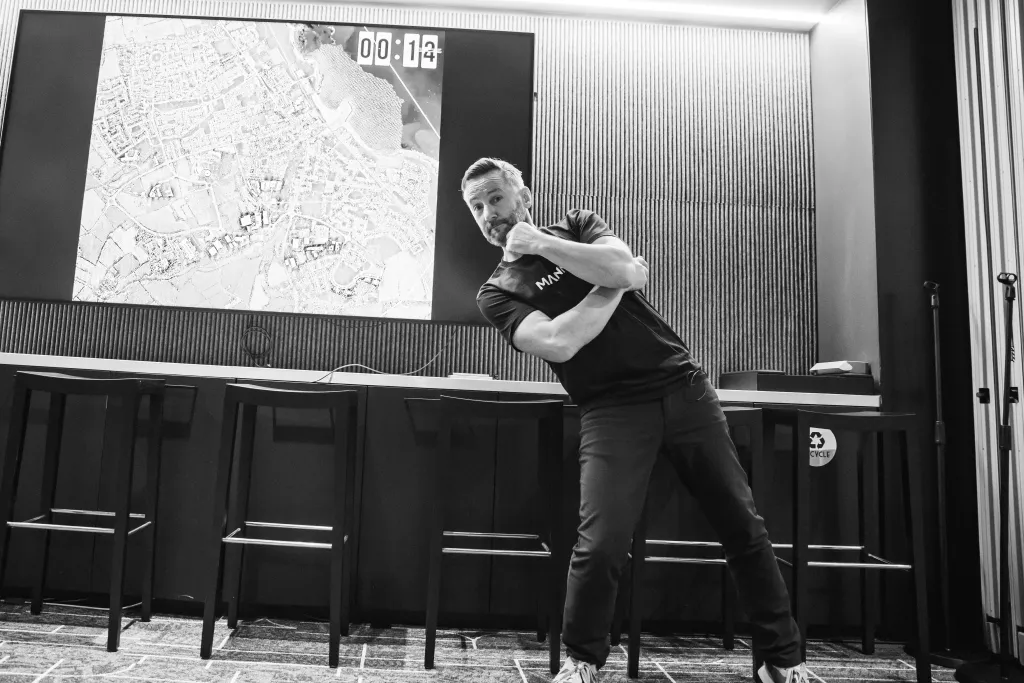
Following Healy’s demo, Henrik Christensen led a discussion on the state of the robotics industry in 2023. Dr. Christensen is the author of “A Roadmap for US Robotics,” which is now researching its fifth edition. The Roadmap sets the congressional funding priorities for the United States in science and technology. Christensen has been traveling across the country setting up workshops with academics, industry leaders, and inventors discussing the most pressing issues in moving robotics forward in America. I participated in one workshop at the University of Pennslyvania in September debating the opportunities for automation in infrastructure and technical hurdles in perception and manipulation. This endeavor is on top of his teaching and lab responsibilities at UCSD, executive obligations at Robust.ai, and his own investment activities, formerly at RoboGlobal. One of the most startling statistics presented by Dr. Christensen is that 81% of people between the ages of 18-29 play video games for over 10 hours a week. While many would bemoan this figure, he sees it as an opportunity for leveraging their active thumbs in controlling machines across factories, warehouses, farms, and construction sites. As our population continues to age, with more citizens closer to their final years, these skills will become more vital in creating robotic-assistive devices to aid seniors with the most basic living skills in their homes and healthcare facilities. Christensen points to the lessons learned during COVID as a guiding path in enabling the United States to lead the world towards an automated future.

While Christensen conveyed a national view, we were privileged to host Commissioner Hope Knight of New York’s Empire State Development Corporation (ESD) to share the State’s perspective. ffVC has partnered with the ESD to fund innovations born in the Excelsior State since 2014 and, most recently, opened an office in Sycracuse’s TechGarden (the incubator space shared with Genius NY) to specifically mentor and finance startups in the drones and robotics space. Commissioner Knight used this forum to expand on the opportunities afforded to founders within the automation space in New York, from accelerators throughout the State to startup tax incentives. Ultimately, this will expand the tent for small businesses throughout the region, especially in growing technology fields to enable job opportunities to populations previously ignored by traditional corporations. As a venture investor, I left Ms. Knight’s keynote enthusiastic about New York State leading the nation in recruiting a fresh crop of diverse founders within the UAS space, bringing with them unique experiences and solutions to previously unaddressed problems.

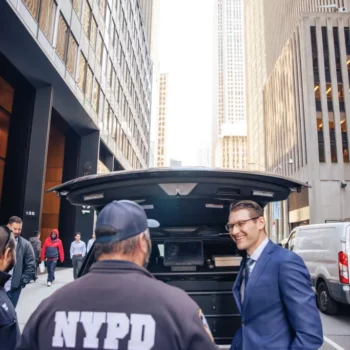
The Commissioner’s speech flowed right into a lightning round of demonstrations by Genius NY’s current and previous cohorts. The audience had the chance to see the full spectrum of uncrewed systems from mission-planning software to quadcopter blades to complete mechanical systems, including: Aloft, Vermeer, Geopipe, Circle Optics, Votix, TruWeather Solutions, Greenjets, Voltela, Dronehub, ArchAngel, and Blueflite (’23 Grand Prize Winner). In speaking with this year’s winner, Frank Noppel shared his appreciation for the Genius NY program and the Upstate region: “In Syracuse, we’ve discovered a unique ecosystem perfectly suited for Blueflite’s ambitions. Firstly, we’ve found the opportunity to collaborate with top-tier manufacturing facilities for batch production using advanced 3D printing technology while adhering to the most stringent aerospace standards. Secondly, Syracuse provides access to the world’s most advanced drone test facility, which is required for our ongoing drone production and R&D efforts. Lastly, the city’s thriving community of drone tech companies that we can integrate into our drone platform makes it one of the most competitive drone solutions out there. Together, these elements make Syracuse the ideal fit for Blueflite.” Noppel’s excitement was echoed by Genius NY’s executive director, Kara Jones, “From autonomous flights for travel to improving how we transport goods, to improving processes around data collection and inspections, to health care, defense and more – UAS is transforming how we live and work. These GENIUS NY teams are at the leading edge of their technologies and have demonstrated their strong potential for growth and success. As market demands evolve and technology advances, these and other UAS companies have access to the most robust concentration of firms, infrastructure, and investments anywhere in the country, here in New York.”

The Summit concluded with a deep dive into ffVC’s portfolio led by our head of platform, Charlotte Japp. The companies gathered represented a spectrum of the automation sector with Christian Sanz of SkyCatch (drones), Miika Satori of Cambrian Vision (collaborative robots), and Jesse Canella of TensorFlight (artificial intelligence). Sanz shared tips on how to close deals with investors and key customer accounts by showing up at their headquarters uninvited ready to work. While some would say this is borderline stalking, SkyCatch’s revenues prove otherwise. Japp pressed the group for more founder tips with Satori voicing the importance of strategic partners to forge multi-faceted relationships to encompass reselling, research & development, as well as capital investments. Cambrian is on the heels of announcing the closing of its next round with a corporate venture supporting its global sales effort in Europe, Japan, and the United States. Canella added his own thoughts on working with market leaders to create feedback loops to proactively grow its customer lifetime value. As my colleague, Charlotte Japp, reflected on the session, “Portfolio companies shared best practices on fundraising and corporate relationships. The early stage founders in the audience got a kick out of the unconventional practices suggested, from watching the same TV show as a prospective customer to boarding a plane for an IRL meeting that an investor hasn’t asked for.” The impact of her talk, along with the entire day, is already keeping innovation local as one young entrepreneur remarked, “I came to this event as someone who has a novice interest in the drone tech industry, looking to enter and acquire experience by potentially joining a drone company. I found that there are a lot more NY-based companies in this industry than I previously thought. This was very helpful, as I assumed that I would need to relocate elsewhere in order to join a drone tech company.” Frank Sinatra would be proud, “Start spreading the news…”
